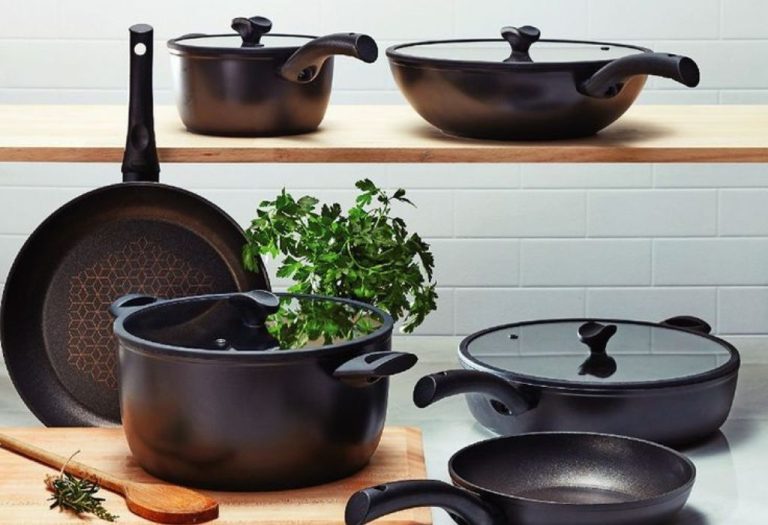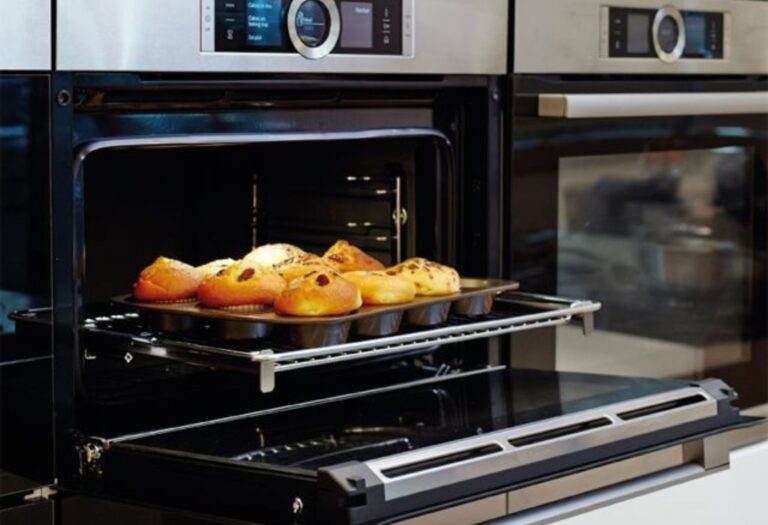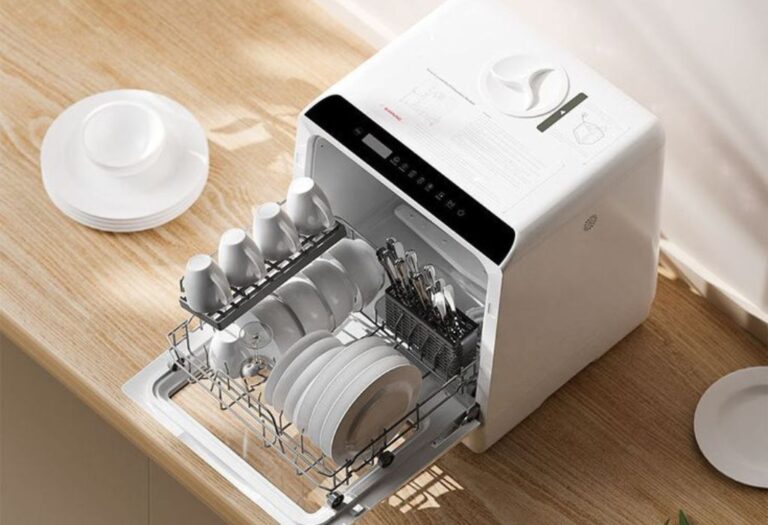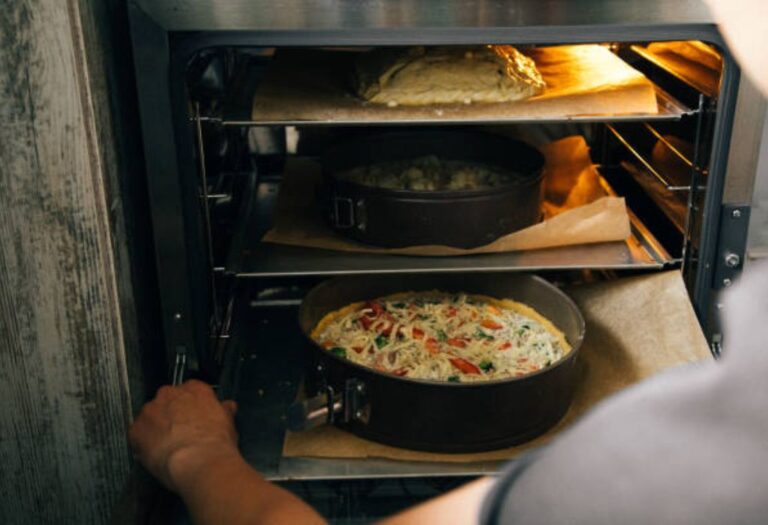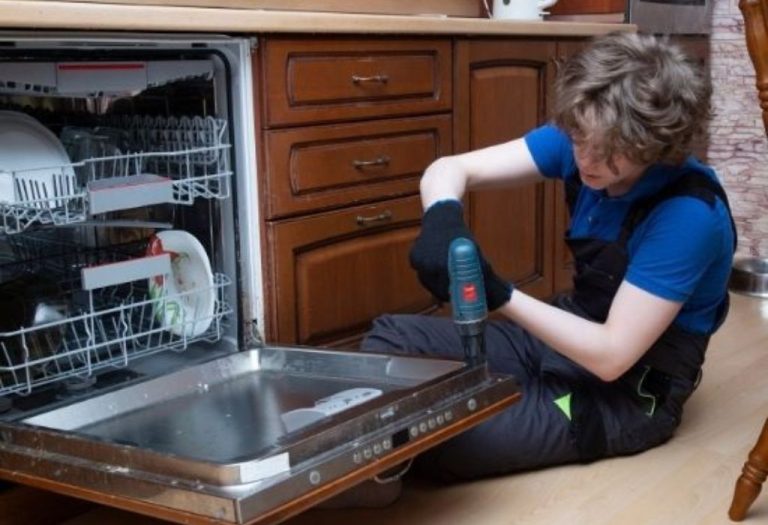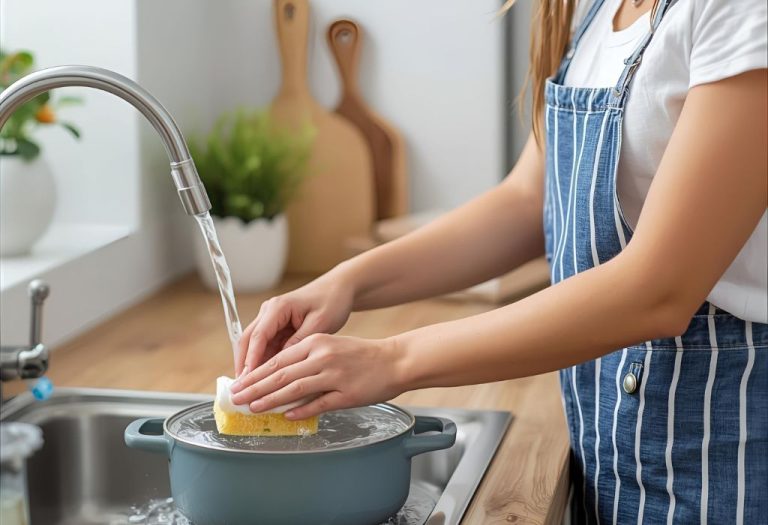The scent of dinner filled the air as a pan of oil began to sizzle. In just a few seconds, a small flare turned into roaring flames, filling the kitchen with smoke.
This is not a rare event. According to the National Fire Protection Association, cooking is the leading cause of home fires, with nearly 49% starting in the kitchen every year. Most begin during ordinary meal preparation, often when no one expects it.
Kitchen fire safety is not just about preventing property damage — it is about protecting lives. Fires can spread in less than 30 seconds, leaving little time to react.
In this guide, you will learn the most effective steps to prevent kitchen fires, handle emergencies with confidence, and turn safe cooking habits into second nature.
Why Kitchen Fire Safety Matters
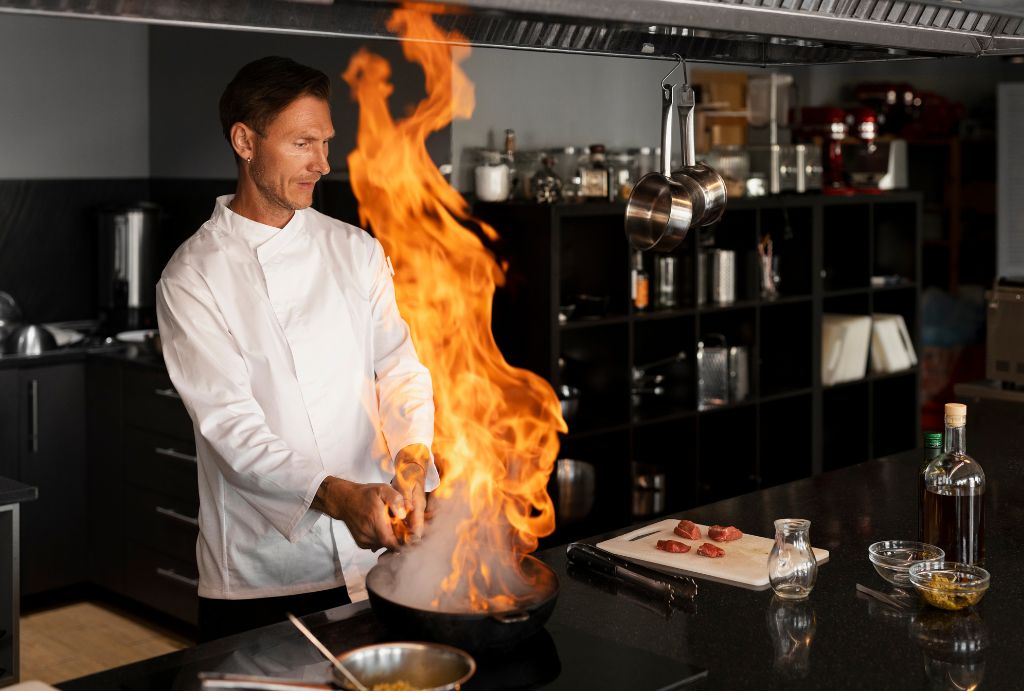
The kitchen is the heart of the home, but it is also the most common starting point for house fires. The National Fire Protection Association (NFPA) reports that nearly 49% of all reported home fires begin in the kitchen, making it the single greatest fire risk area indoors.
Most of these fires are not caused by faulty equipment or rare accidents — they happen during routine cooking. A moment’s distraction, overheated oil, or a flammable item placed too close to heat can spark a blaze in seconds.
The consequences go far beyond property damage. Kitchen fires cause thousands of injuries each year and can be fatal when flames spread quickly through the home. The emotional toll is just as heavy, as families lose not only possessions but a sense of security.
Understanding the risks is the first step toward prevention. With the right habits and safety measures, most kitchen fires are entirely avoidable. For more detailed statistics and prevention insights, visit the NFPA Cooking Fire Safety Data.
Key Steps to Keep Your Home Safe
Cooking safely is not about luck — it is about habits. Every fire prevention step you take reduces the risk of a dangerous accident. The following proven practices can help you turn your kitchen into a safer space for everyone.
Never Leave Cooking Unattended
Most kitchen fires begin when cooking is left alone, even for a short time. A boiling pot can overflow in under a minute, and oil can reach its ignition point in seconds.
The safest rule is simple: stay in the kitchen whenever the stove, oven, or grill is on. If you must leave, turn off the heat or ask someone else to watch it.
How long can I leave food cooking alone?
Not at all — unattended cooking is the leading cause of kitchen fires.
Is slow cooking safer?
Yes, but only if the appliance is in good condition and used according to the manufacturer’s instructions.
What’s the safest way to remind myself food is cooking?
Use a kitchen timer or phone alarm.
Keep Flammable Items Away from Heat
Many kitchen fires start because something flammable is too close to the stove. Dish towels, paper napkins, oven mitts, plastic utensils, and even food packaging can ignite quickly when exposed to heat.
Follow the 3-foot rule — keep all flammable items at least three feet away from open flames or hot surfaces. This also applies to clothing. Loose sleeves or synthetic fabrics can catch fire if they brush too close to burners.
Can oven mitts catch fire?
Yes, especially if made from cotton or if stained with oil or grease.
Is it safe to store plastic utensils near the stove?
No, heat can melt them or cause ignition.
Can paper towels be placed on the counter next to a hot pan?
It’s risky — move them to a safe distance before cooking.
Handle Oil and Grease Safely
Grease fires are among the most dangerous kitchen fires because they spread quickly and react violently to water. Just a few drops of water in hot oil can cause a splattering fireball.
Watch for signs that oil is overheating, such as smoking or a sharp smell. If this happens, lower the heat immediately or remove the pan from the burner. In case of a grease fire, turn off the heat, cover the pan with a metal lid, and use baking soda or a Class K fire extinguisher.
Why can’t I use water on a grease fire?
Water causes oil to splatter and spread flames instantly.
What is the safest oil for deep frying?
Oils with high smoke points, like peanut or canola oil, reduce the risk of overheating.
Can grease buildup cause a fire later?
Yes, old grease on stovetops, hoods, and ovens can ignite when reheated.
Install and Maintain Smoke Alarms
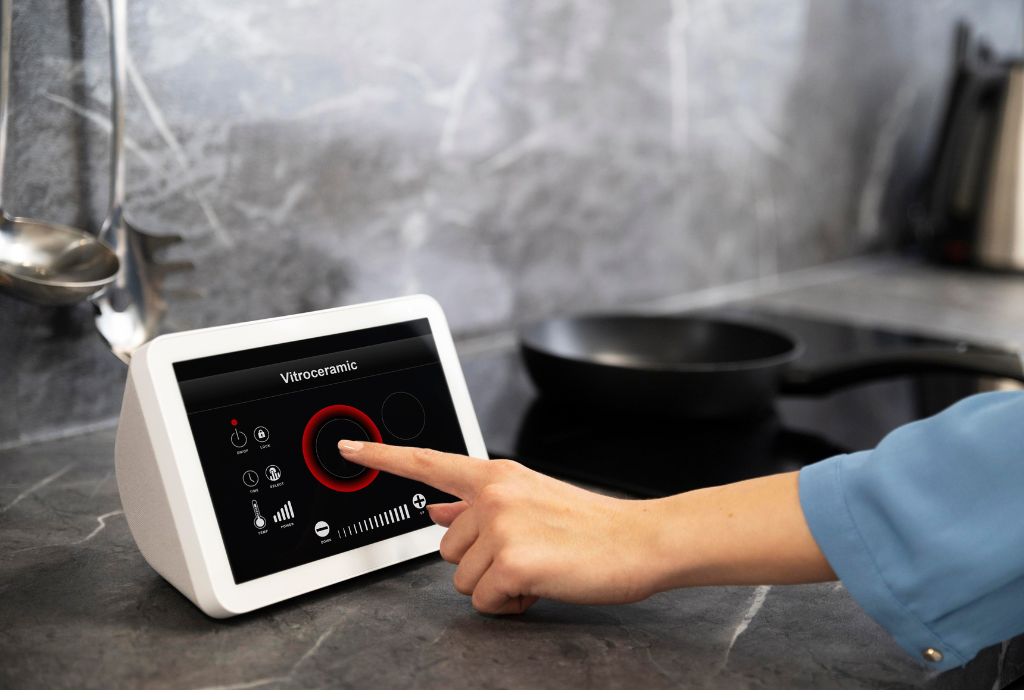
Smoke alarms give the earliest warning of a kitchen fire. The National Fire Protection Association recommends placing them outside cooking areas but close enough to detect smoke quickly.
Test alarms every month and replace batteries at least once a year. Interconnected alarms are even better because they alert the whole house at once.
How do I avoid false alarms when cooking?
Place alarms at least 10 feet away from cooking appliances.
How often should alarms be replaced?
Every 10 years, according to manufacturer guidelines.
Can smart smoke alarms detect more than smoke?
Yes, some models detect carbon monoxide and heat changes.
Keep a Fire Extinguisher in the Kitchen
Having the right extinguisher can mean the difference between a small fire and a disaster. A Class K extinguisher is best for grease fires, while a Class ABC covers general household fires.
Store it near the exit — never right beside the stove — so you can grab it safely without crossing the fire. Learn the PASS method: Pull, Aim, Squeeze, Sweep.
Do fire extinguishers expire?
Yes, check the gauge monthly and replace or recharge as needed.
Is a fire blanket a good alternative?
Yes, it can smother small flames quickly without spreading oil.
Can I reuse an extinguisher after one use?
No, it must be recharged or replaced.
Maintain Appliances and Wiring
Faulty wiring and aging appliances are hidden fire risks. Frayed cords, overloaded outlets, and overheated devices can spark without warning.
Inspect appliances regularly and unplug them when not in use. Avoid using damaged cords or overloading power strips.
Can air fryers run overnight?
No, always supervise high-heat appliances.
Should small appliances be unplugged daily?
Yes, to reduce both fire and electrical risks.
Can damaged cords be repaired?
Only by a certified technician or by replacing the cord entirely.
Practice Safe Cooking Habits
What you wear and how you move in the kitchen matters. Loose clothing can catch fire, and long hair can dangle into flames.
Tie back hair, wear fitted sleeves, and avoid distractions like texting or watching TV while cooking.
Should I wear shoes in the kitchen?
Yes, to protect your feet from burns or dropped knives.
Is it risky to cook after drinking alcohol
Yes, impaired focus increases fire risk.
Do long-handled utensils improve safety?
Yes, they keep hands away from heat and splatter.
Keep the Kitchen Clean and Clutter-Free
Grease buildup and clutter can turn a small spark into a fire hazard. Ovens, stovetops, and range hoods should be cleaned regularly.
Dispose of oily rags and keep countertops free from paper, plastic, and unused appliances during cooking.
How often should I clean my range hood?
At least once a month or more with frequent frying.
Can crumbs in a toaster start a fire?
Yes, especially if they come in contact with heating elements.
Are self-cleaning ovens risky?
Only if left unattended or if large food spills remain inside.
Educate Children on Kitchen Fire Safety
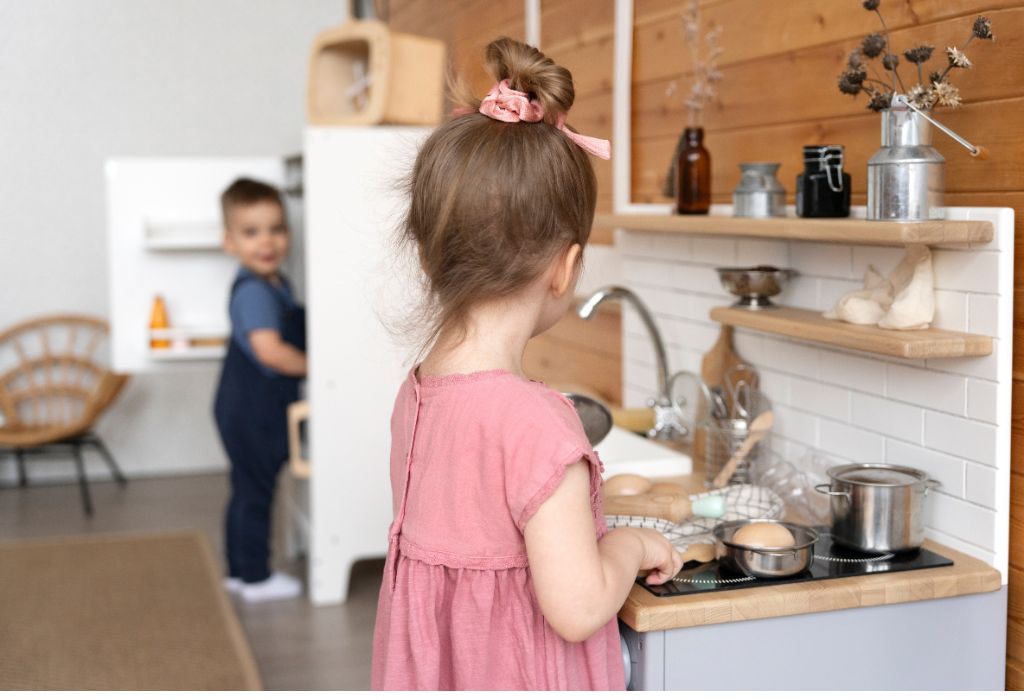
Children are naturally curious, but kitchens contain many hidden dangers. Establish a three-foot kid-free zone around cooking areas.
Teach children about hot surfaces, sharp objects, and safe kitchen behavior from an early age.
What’s the safest age for kids to cook alone?
Usually around 12, depending on maturity and skill.
Should kids learn how to use a fire extinguisher?Yes, under adult supervision.
How do I teach fire safety to young children?
Use simple language, visual demonstrations, and practice drills.
Know How to React in an Emergency
Knowing the right actions during a fire can save lives. Small, contained fires may be extinguished with the proper method, but large fires require immediate evacuation.
If flames spread, close doors behind you to slow the fire, call 911, and never re-enter the home until it’s safe.
Should I try to save belongings during a fire?
No, focus on getting everyone out safely.
How do I exit a smoke-filled room?
Stay low to the ground where the air is cleaner.
When should I not use an extinguisher
If the fire is spreading quickly or blocking your exit path
Kitchen Fire Safety Checklist
A quick reference list you can print and keep in your kitchen for daily reminders:
- Stay in the kitchen whenever cooking is in progress
- Keep flammable items at least three feet from heat sources.
- Watch oil closely and know how to handle grease fires.
- Install and test smoke alarms monthly.
- Keep a Class K or ABC fire extinguisher near the kitchen exit.
- Inspect appliances and cords regularly.
- Wear fitted clothing and tie back long hair.
- Keep cooking areas clean and free of grease buildup.
- Teach children a three-foot safety zone.
- Know when to fight a fire and when to evacuate.
Common Kitchen Fire Safety Myths Debunked
Myth 1: Water Puts Out All Fires
Water works on many fires, but never use it on grease fires. It can cause a violent flare-up that spreads flames.
Myth 2: Smoke Alarms Go Off Too Often in Kitchens, So They’re Not Worth It
Relocating alarms slightly away from cooking areas reduces false alarms, but removing them leaves you unprotected.
Myth 3: Small Fires Can Always Be Managed Without Help
Even small fires can spread in seconds. If you’re unsure or feel unsafe, evacuate and call 911 immediately.
Myth 4: Oven Fires Go Out on Their Own
Closing the oven door helps contain flames, but you still need to turn off the heat and monitor closely.
Myth 5: Only Old Appliances Cause Fires
New appliances can also malfunction if used incorrectly or if cords are damaged.
FAQs – Fire Safety in the Kitchen
1. What is the leading cause of kitchen fires?
Unattended cooking is the top cause, responsible for nearly half of all kitchen fires.
2. How often should I replace a fire extinguisher?
Every 5–15 years depending on the model, or immediately after use.
3. Can I use flour to put out a grease fire?
No, flour can ignite. Use baking soda or a Class K extinguisher.
4. Are induction cooktops safer than gas or electric?
They reduce some risks because there’s no open flame, but hot cookware can still cause burns or start fires.
5. How can I test if my smoke alarm works?
Press the test button monthly and replace batteries annually.
6. What should I do if my clothes catch fire in the kitchen?
Stop, drop, and roll to smother flames, then seek medical attention immediately.
7. Is it safe to cook after drinking alcohol?
Alcohol can impair judgment and reaction time, increasing fire risks.
8. Can candles in the kitchen be dangerous?
Yes, they can ignite nearby items just like any other open flame.
9. How do I prepare my family for a kitchen fire emergency?
Create and practice an escape plan, teach extinguisher use, and run drills every few months.
Conclusion – Turning Safety Into a Daily Habit
Kitchen fire safety is not about fear. It is about small, consistent habits that prevent accidents before they happen. By staying alert, keeping the area clean, and knowing how to respond to danger, you protect both your home and your loved ones.
The truth is, most kitchen fires are preventable. Whether it’s installing a smoke alarm, keeping a fire extinguisher handy, or simply staying near the stove, each step you take makes your home safer.
Make fire safety part of your cooking routine today, and your kitchen will remain the warm, welcoming heart of your home without the risk of disaster.
I’m Emma J. Caldwell, the founder, lead writer, and home-cooking enthusiast behind KitchenGuideCo.com. With a background in culinary arts and over a decade of cooking experience in both professional and personal kitchens, I created this platform to demystify recipes, offer smart kitchen gadget reviews, and guide readers through meal prep with confidence and clarity.

